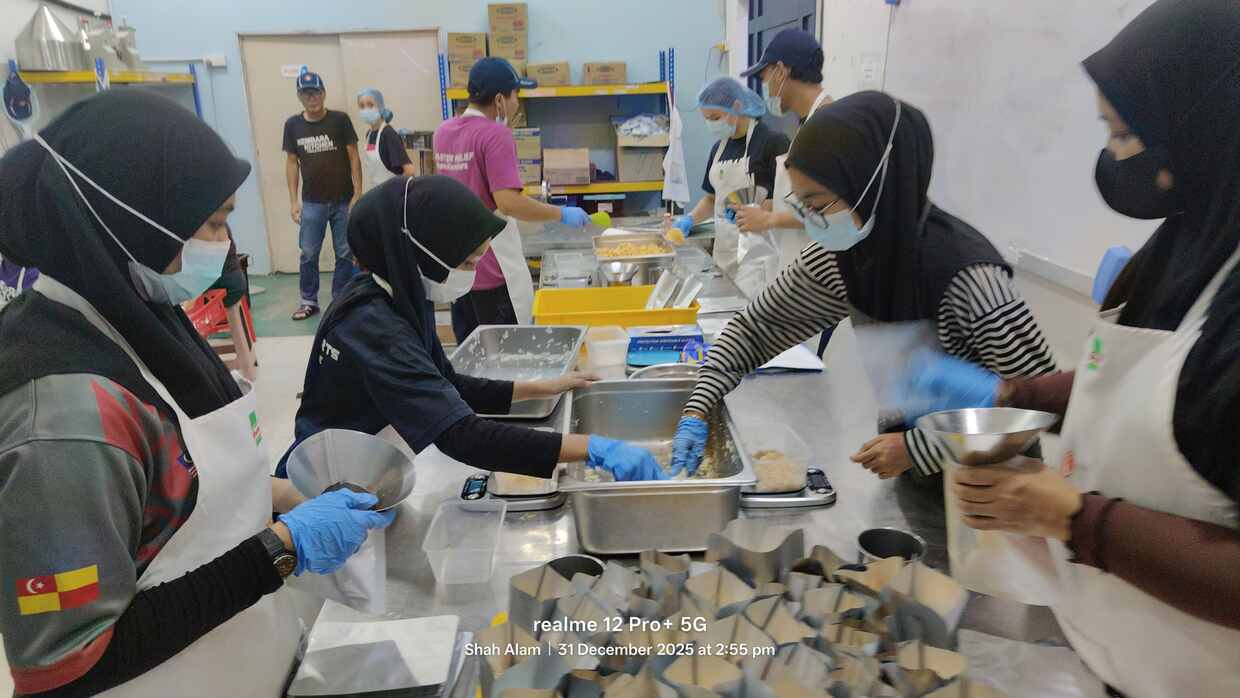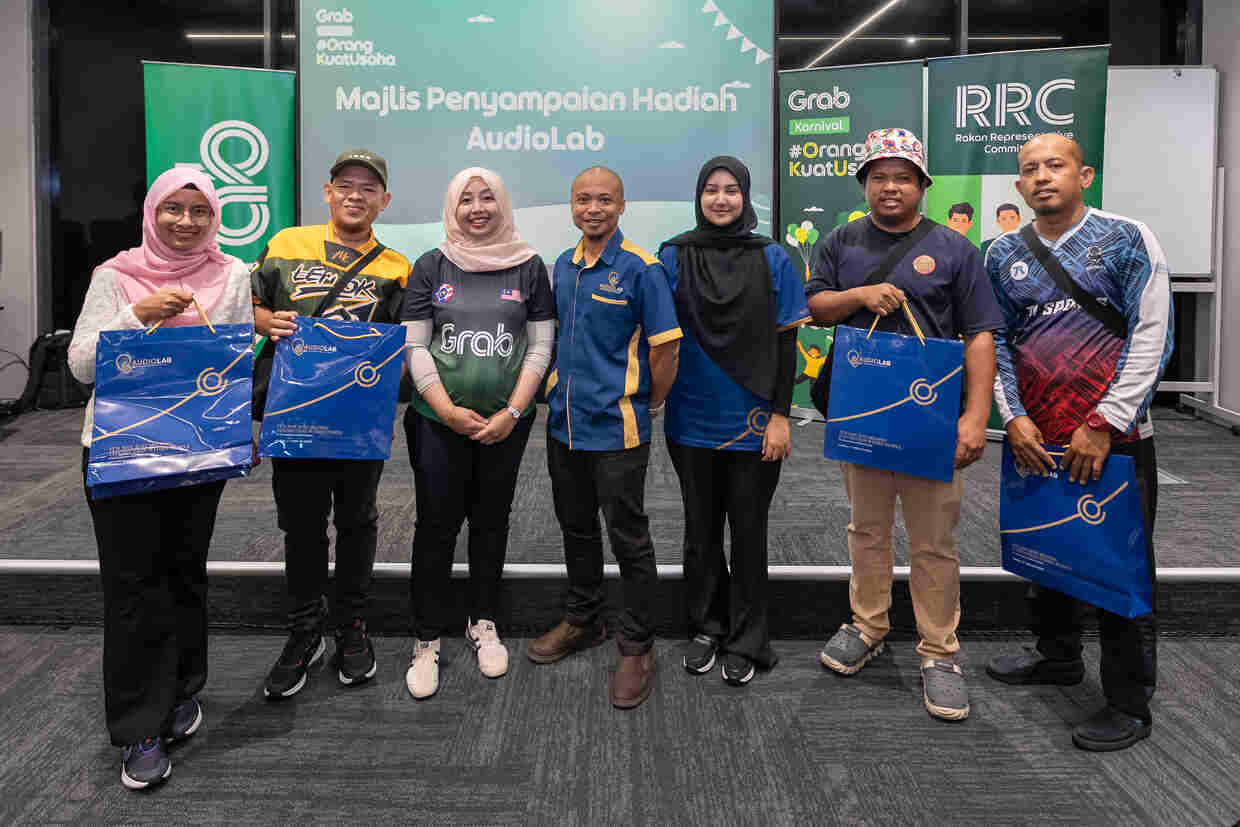
Selangor does not need the RM9 billion Pahang Selangor raw water transfer project should there be proper water demand management, says water conservationist James T. Cherian, speaking at a workshop yesterday.
He says this can be done by significantly reducing the level of “non-revenue water” in Selangor, primarily caused by pipe leakages and unbilled water, from the current 32.5 percent to 20 percent by 2020.
He also targets a reduction in water consumption from 384 to 325 liters per capita per day (LCD) by year 2020.
To achieve that, he says, certain measures could be introduced, such as making water efficient fixtures mandatory in new homes and buildings, distributing water savings kit to people, introducing water efficiency labelling, offering cash rebates to replace inefficient appliances, among others.
“If we do something to manage the water demand, we can reduce the maximum supply needed by 2020 and survive the rest of 21st century. If we don’t, we will run out of water in 2013,” warns Cherian (right) who presented a water demand management plan to National Water Services Commission (SPAN) in 2009.
He cited the example of dual-flush toilet which can save up to 38 liters water per person per day compared with a conventional toilet.
“Selangor, with its seven million population, will save up to 265 million liters per day (MLD) by having this fixture in their bathrooms. But sad to say, it is not widely available in the market. I was even discouraged from buy it when I finally found it in a shop,” he relates.
On domestic water consumption level, which comprises of activities ranging from showering to cooking, Selangor stands at 235 LCD in 2009, against most of the European countries which only use 150 LCD or lower.
Cherian notes that Selangor’s industrial water demand (non-domestic water demand) has grown 44 percent between 2005 and 2009, which outpaced Selangor’s GDP growth.
Free water sends a wrong signal
Talking to Komunitikini, Cherian describes the Selangor government’s free water policy as “very unsustainable”.
He said the free 20 cubic meter water programme will encourage public perception that water is cheap or free.
“People are not likely to treat something that is free with value. It sends the wrong signal to the people,” he says.
He points out that taxpayers are ultimately footing the bill as the state generates its income through various taxes and “free water” still incurs production costs.
He hopes Selangor MB will initiate a change by establishing a water demand management authority and engage stakeholders in respect of measures to reduce water consumption.
“The first step he should do is to reckon and announce that Selangor uses a lot of water and proper measures must be taken to address the issue,” he advises.











